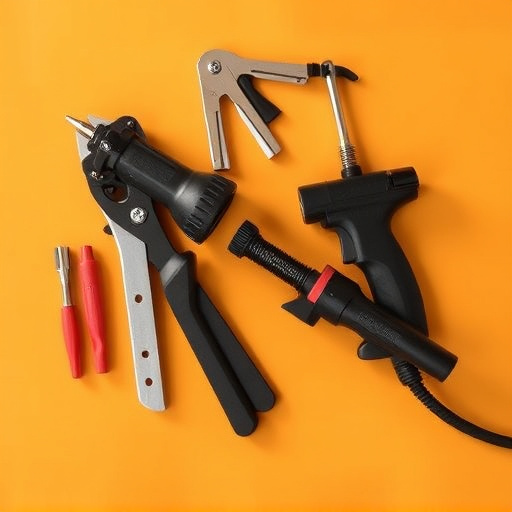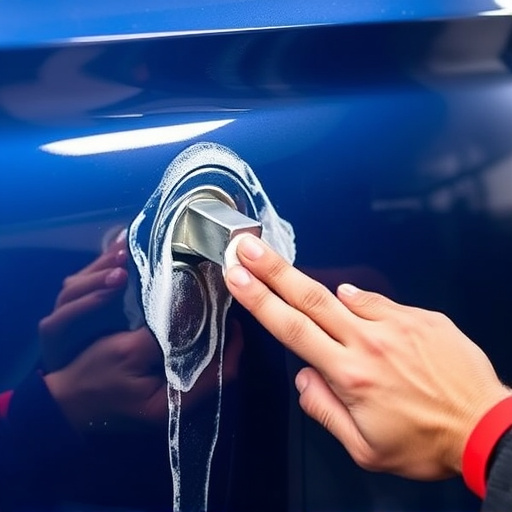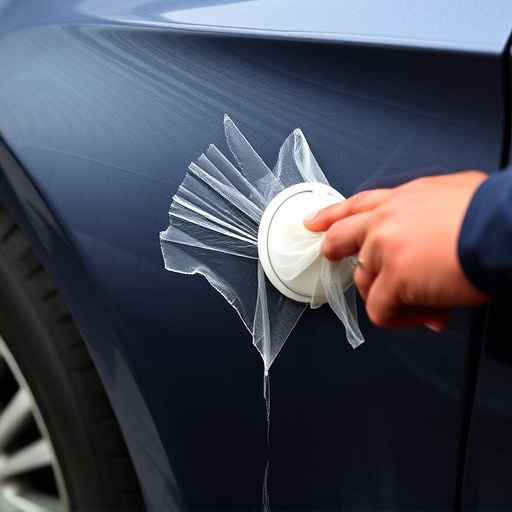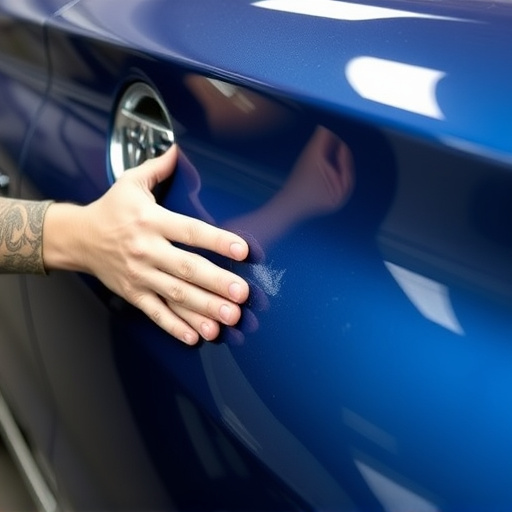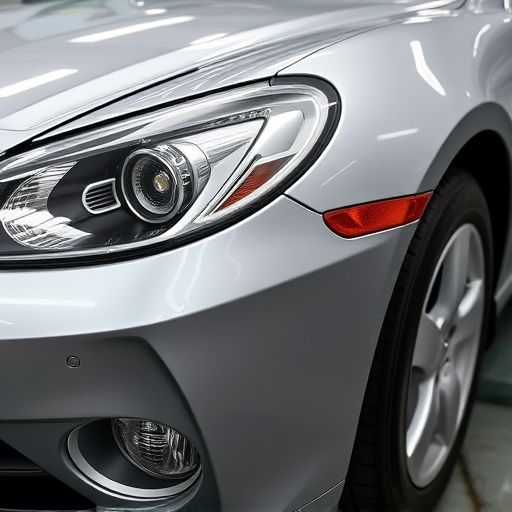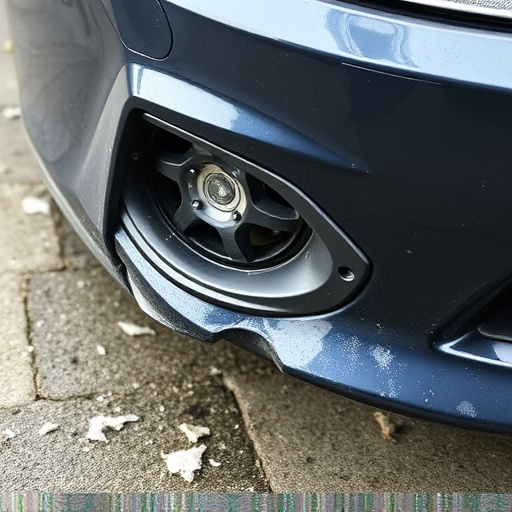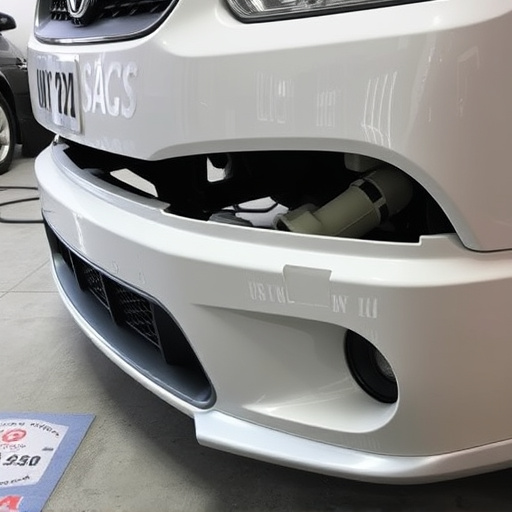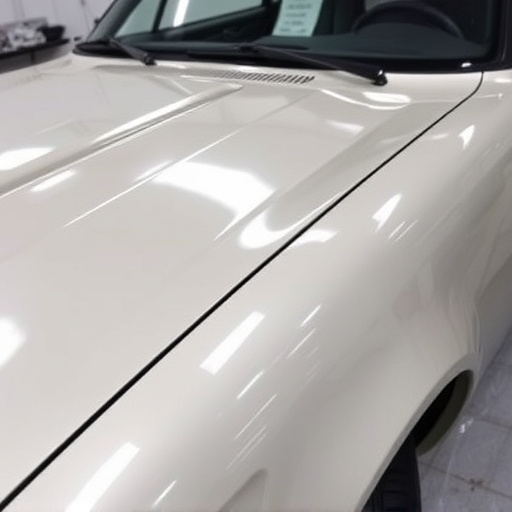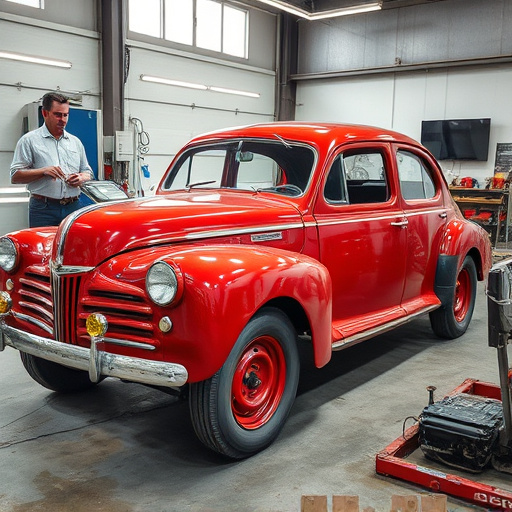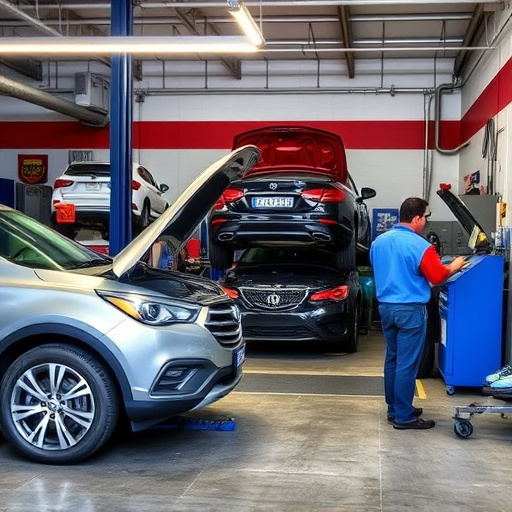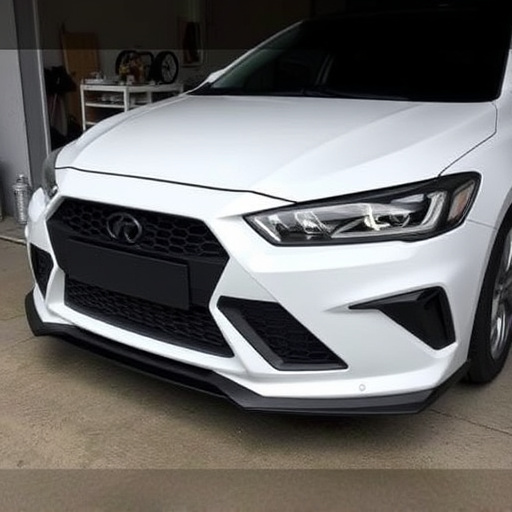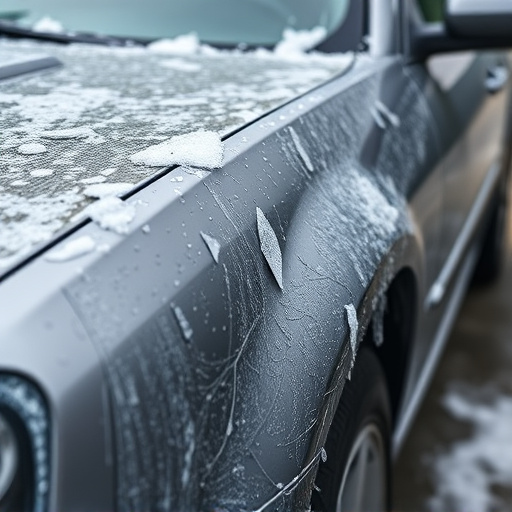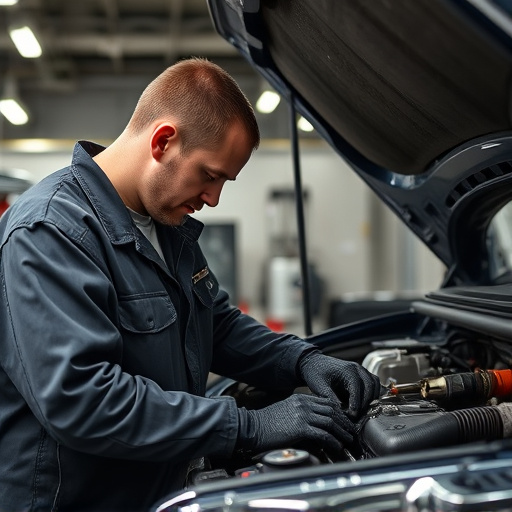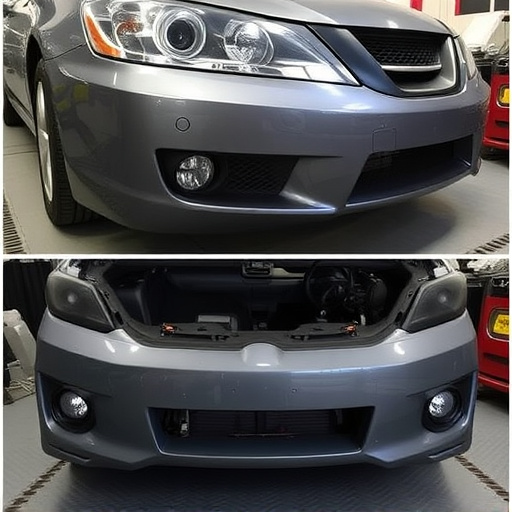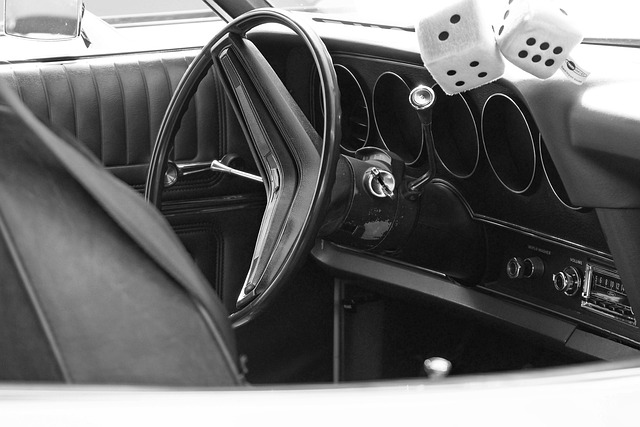Tesla home chargers in accidents require adherence to UL and IEC electrical safety standards for functionality and user protection. Proper repair or replacement by qualified technicians is crucial to avoid short circuits, shocks, or fires. Post-accident installation needs professional assessment and upgraded electrical infrastructure for high-voltage EV charging safety. Consulting collision centers specializing in EV charging services ensures secure Tesla home charger setup after minor collisions.
A Tesla home charger, integral to electric vehicle ownership, requires meticulous attention post-accident. In the event of damage, understanding electrical safety standards is paramount to prevent hazards and ensure uninterrupted charging. This article delves into the crucial aspects of Tesla home charger safety following an accident, exploring relevant regulations, potential risks, and essential steps for secure reinstallation. Remember that adhering to these guidelines is critical to maintain a safe living environment and continue enjoying your electric vehicle’s convenience.
- Understanding Tesla Home Charger Safety Standards
- What Happens When a Charger Is Damaged?
- Ensuring Safe Installation After an Accident
Understanding Tesla Home Charger Safety Standards
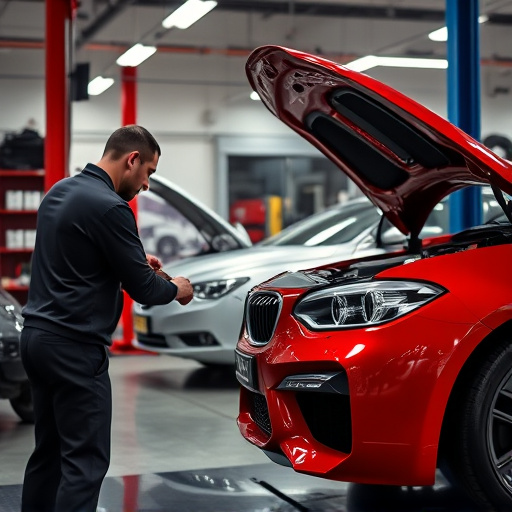
When a Tesla home charger is involved in an accident, understanding the safety standards it must meet is paramount. These standards are designed to ensure that not only is the charger functional after a collision but also that it poses no risk to users or property. Electrical safety regulations, such as those set by UL (Underwriters Laboratories) and IEC (International Electrotechnical Commission), govern the performance and design of charging equipment, including home chargers. These standards cover various aspects like insulation, grounding, and protection against electrical hazards, ensuring a safe charging environment.
In the event of an accident, proper repair and replacement procedures must adhere to these safety guidelines. This involves not only fixing structural damage but also ensuring that any electronic components, especially those related to electricity flow, are safely restored or replaced. Just as a classic car restoration requires meticulous attention to detail for both aesthetics and performance, so does the repair of Tesla home chargers after an accident, with the added crucial consideration of electrical safety standards.
What Happens When a Charger Is Damaged?
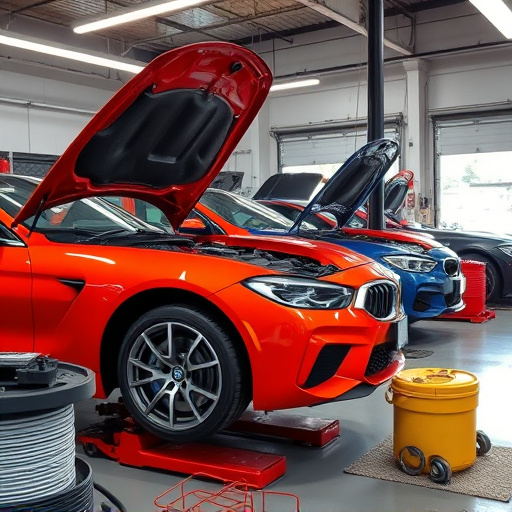
When a Tesla home charger is damaged, whether due to an accident or normal wear and tear, it’s crucial to address the issue promptly to ensure electrical safety. A damaged charger can pose significant risks, as it may lead to short circuits, electric shocks, or even fire hazards if not properly repaired or replaced. In the event of an accident, such as a car crash involving a vehicle with a Tesla home charging station, both the charger and the connected electric vehicle (EV) must undergo thorough inspections by qualified technicians.
In cases of severe damage, especially from a vehicle collision repair, it’s recommended to replace the entire unit rather than attempting DIY repairs. This is because even seemingly minor damages can affect the charger’s performance and safety over time. Reputable Tesla service centers or certified electric vehicle repair shops can provide accurate assessments, ensuring that any installed charger meets current electrical safety standards after an accident, including those specific to Mercedes Benz repair or any other vehicle collision repair.
Ensuring Safe Installation After an Accident
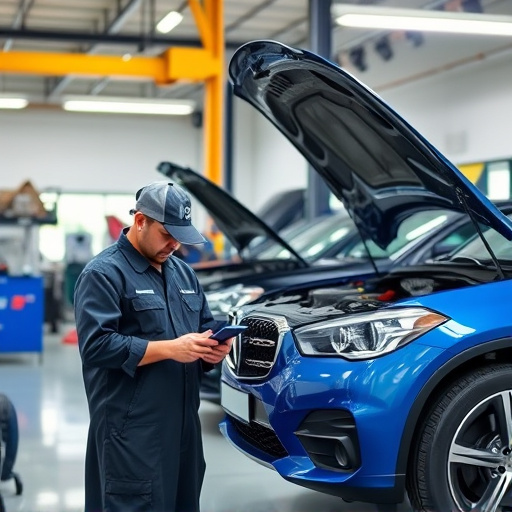
After a minor collision, such as a fender bender or car scratch repair, installing a Tesla home charger requires careful consideration to ensure electrical safety. It’s crucial that any repairs or installations are carried out by professionals who understand the intricacies of electric vehicle (EV) charging systems. A qualified electrician should assess the property’s existing electrical infrastructure and make necessary upgrades to meet the demands of a Tesla home charger. This includes checking for adequate circuit capacity, proper grounding, and ensuring compliance with local electrical codes.
Given the high-voltage nature of EV charging, any mistakes during installation could lead to severe accidents or damage to the vehicle. Therefore, it’s recommended to consult with a collision repair center that offers specialized EV charging services, especially after an accident. They can provide guidance on safe installation practices and help prevent potential hazards, ensuring your Tesla home charger is set up correctly and securely for trouble-free use.
When a Tesla home charger is damaged in an accident, ensuring it meets electrical safety standards is paramount. By understanding the appropriate procedures for safe installation post-accident, homeowners can prevent potential hazards and guarantee their peace of mind. Adhering to these guidelines guarantees that your Tesla home charger is not only functional but also secure after any unforeseen incidents.
